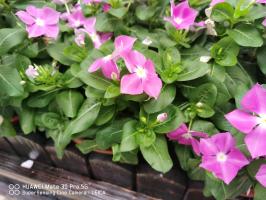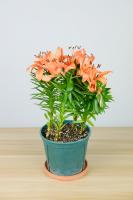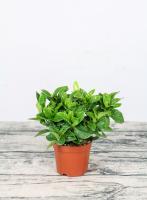How Much Do Water Bottle Plants Spend on Electricity?
Water bottle plants, also known as hydroponic systems, have become increasingly popular among plant enthusiasts due to their low maintenance and space-saving nature. Many people wonder about the energy consumption of these systems and how it may impact their electricity bill. So, how much do water bottle plants actually spend on electricity?
The Energy Consumption of Water Bottle Plants
The energy consumption of water bottle plants greatly depends on the type of system used and the size of the setup. Generally, these systems use electrical pumps to circulate the water and provide nutrients to the plants. Depending on the size of the system and the frequency of pump usage, the energy consumption can vary.
However, it is important to note that compared to traditional soil-based gardening, water bottle plants actually consume significantly less energy. This is because they do not require electricity for machinery like lawn mowers, tillers, or plows. In addition, they often require less water and fertilizer overall, reducing energy usage in those areas as well.
Calculating the Energy Costs of a Water Bottle Plant Setup
To calculate the energy costs of a water bottle plant setup, you will need to know a few variables:
The wattage of your pump
The number of hours per day the pump is run
The rates of your electricity provider
Using these variables, you can calculate the energy cost of running your system on a daily, weekly, or monthly basis. For example, if your pump is 10 watts and runs for 10 hours a day, and your electricity provider charges 10 cents per kilowatt-hour (kWh), your daily energy cost would be:
(10 watts x 10 hours) ÷ 1000 = 0.1 kWh
0.1 kWh x $0.10 = $0.01 per day
While this may not seem like a lot of money, it can add up over time. If you have multiple water bottle plant setups or run your pump for longer periods of time, your energy costs will increase accordingly.
Reducing Energy Costs in Water Bottle Plant Setups
There are a few ways to reduce energy costs in your water bottle plant setups:
Choose an energy-efficient pump - Invest in a pump with a lower wattage to reduce the amount of energy used.
Run the pump less often - Only run the pump for the necessary amount of time to keep your plants healthy.
Choose a time-of-use electricity plan - Many electricity providers offer discounted rates for off-peak energy usage, which can reduce your costs if you run your pump during these hours.
By implementing these steps, you can reduce the energy consumption of your water bottle plant setups and save money on your electricity bill.
In Conclusion
Water bottle plants can be an energy-efficient alternative to traditional gardening methods. While the energy consumption of these systems varies depending on the size and type of setup, they typically consume less energy than traditional soil-based gardening methods overall. By understanding your energy costs and implementing energy-efficient practices, you can reduce your energy usage and save money on your electricity bill.

 how many times do yo...
how many times do yo... how many planted tre...
how many planted tre... how many pine trees ...
how many pine trees ... how many pecan trees...
how many pecan trees... how many plants comp...
how many plants comp... how many plants can ...
how many plants can ... how many plants and ...
how many plants and ... how many pepper plan...
how many pepper plan...































